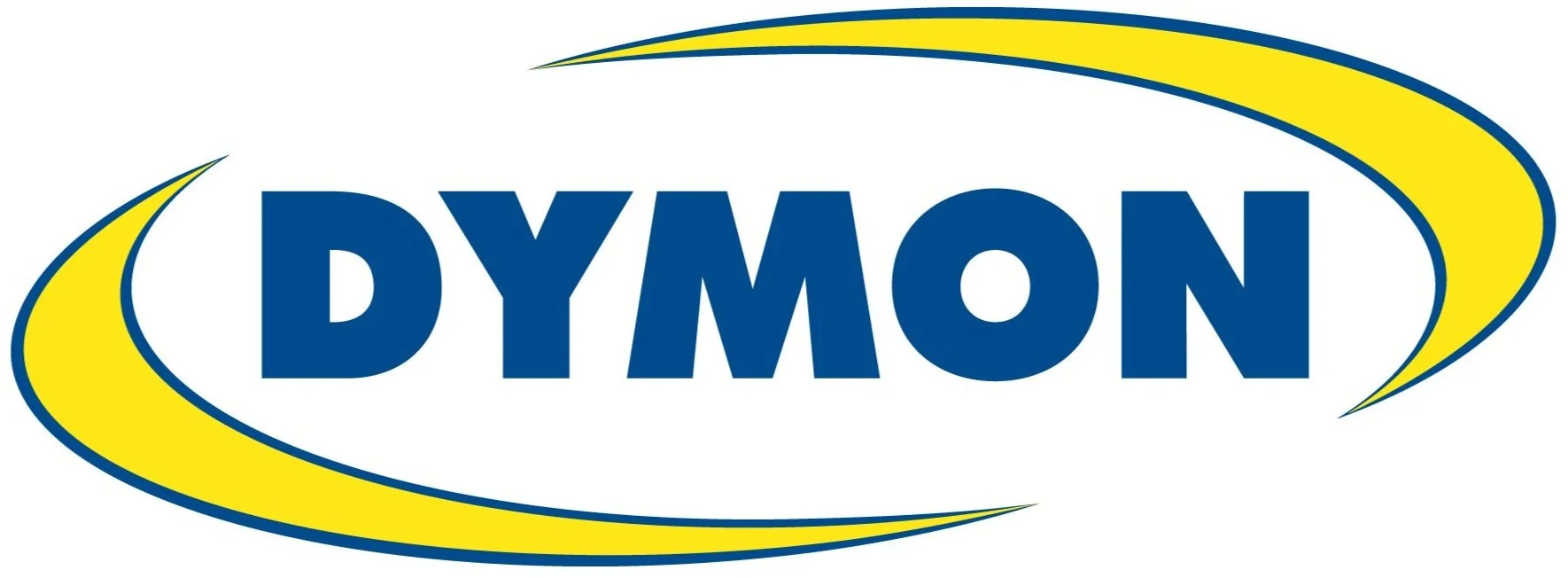Adagio for Strings
PROGRAMME
Adagio for Strings
Samuel Barber (1910-1981)
Cello Concerto No.2 in D major, Op.101
1. Allegro moderato
2. Adagio
3. Rondo (Allegro)
Joseph Haydn (1732-1809)
INTERMISSION
Divertimento for String Orchestra, Sz.113
1. Allegro non troppo
2. Molto adagio
3. Allegro assai
Bela Bartok (1881-1945)
MUSICIANS
Sean Rice, Conductor
VIOLIN 1
Erica Miller, Concertmaster
Hanna Williamson
Galina Rezaeipour
Bennett Van Barr
Emily Kistemaker
Solange Tremblay
Marianne Swenson*
Cecilia Kim*
VIOLIN 2
Sarah Williams, Principal 2nd Violin (William Robson Chair)
Adam Nelson
George Stathopoulos
Micheline Kinsella
Alla Perevalova
Claire Qiu*
Iris Shen*
VIOLA
Paul Casey, Principal Viola
Ryan Vis
Gunnar Foerstel
Caren Abramoff
CELLO
Jean-François Marquis, Principal Cello (David R. Gardner Chair)
Aidan Fleet (David Wright chair)
Thaddeus Morden
Olega Gapey
Cal McGowan*
Jacob Kang*
DOUBLE BASS
Paul Mach, Principal Bass
(Ed Hounsell Chair)
Peter Kilpatrick
OBOE
Susan Butler, Principal Oboe
Dylan Pinette
HORN
Cresta deGraaff, Principal Horn (Maurice Haycock Chair)
Jennifer MacDonald
* indicates musician from the Ottawa Youth Symphony Orchestra
Sean Rice
Conductor
-
Originally from St. John’s, Newfoundland, Sean Rice has performed extensively throughout North America and around the world. His broadcasts include recitals with CBC National Radio, performances for Swiss Radio DRS, and Lucerne Festival live streams for the 2016 New York Philharmonic Biennial and 2019 Lucerne Festival Alumni Orchestra.
As a conductor, Mr. Rice made his debut in 2012 as the Director of the Contemporary Music Ensemble at the University of Ottawa. In 2017, he led an ensemble of musicians from the National Arts Centre Orchestra and made his international conducting debut at the International Society for Contemporary Music Festival in Vancouver. Over the last several seasons, he has been a frequent guest conductor with the Ottawa Symphony Orchestra
Outside the concert hall, Mr. Rice has developed a significant profile as a classical music podcaster and host. Under his tenure, the National Arts Centre NACOcast enjoyed great success and international recognition, with ClassicFM continuing to list his podcasts among the Top 10 in the world for classical music. Mr. Rice also programs and hosts the NAC Wolfgang Sessions – a contemporary music series that he helped design and curate for the National Arts Centre.
Sean Rice is a graduate of Memorial University of Newfoundland, where he received his Bachelor of Music while studying with Paul Bendzsa. Continuing his studies under the tutelage of Charles Neidich, Mr. Rice graduated with both a Master of Music and Doctorate of Musical Arts from The Juilliard School. Currently residing in Ottawa, audiences can hear him perform regularly as a recitalist and chamber musician as well as Second Clarinet/Bass Clarinet of the National Arts Centre Orchestra.
Thaddeus Morden
Soloist
-
Thaddeus Morden was born and raised in Ottawa and was a student of former principal cellists of the NAC Orchestra Donald Whitton and Amanda Forsyth.
He earned a bachelor's degree in performance at McGill University under the tutelage of Yegor Dyachkov and Matt Haimovitz.
As a freelance cellist, Thaddeus has played with the NAC and was a longtime member of the Thirteen Strings.
Thaddeus has also been a member of the Ottawa Symphony Orchestra for over twenty years and principal cellist for twelve.
Now residing in Halifax, Thaddeus has been playing assistant principal with Symphony Nova Scotia for a year, as well as working in residential construction.
He lives in a quiet and calm household along with his partner Natalie, their three young children, two cats and a dog.
PROGRAMME NOTES
-
Samuel Barber (1910-1981)
There are few words to describe the emotional impact of Barber’s Adagio for strings, originally composed the work as the slow movement of his string quartet while in Italy on a two year residency from 1935-37. Recognizing its potential as a stand alone work, he orchestrated it and submitted it to Arturo Toscanini for review. The next year it was premiered by Toscanini and the newly formed NBC Symphony Orchetra. The work became an instant favorite with the public, and its success launched Barber’s international career.
The musical language of Barber’s Adagio is deceptively simple. Melodically, lines move in long strands of rising steps, evoking a sense of reaching and yearning. Harmonically, the energy builds through drawn-out suspensions, creating surges of tension and release over a glacially slow sequence of bass notes.
Close your eyes, breathe deeply, and let the sound wash over you.
-
1. Allegro moderato
2. Adagio
3. Rondo (Allegro)Joseph Haydn (1732-1809)
When we think of Joseph Haydn (1732-1809), we think of his incredulous output - 108 symphonies; 68 string quartets; 32 divertimenti for small orchestra; 29 trios for piano trios; 47 piano sonatas; about 20 operas; 14 masses; 6 oratorios; and 2 cello concerti; and the list goes on – It’s strange to think of him as a court musician. But that's exactly what he was, he spent his whole career of over five decades working for the noble family at the Esterhazy court.
The D major cello concerto is dated 1783, approximately twenty years after his C major cello concerto, and was composed for Anton Kraft, principal cellist of the Esterházy court orchestra from 1778 to 1790. At the time, Haydn was mainly preoccupied with composing and conducting operas and was only sporadically composing symphonies, so the commission for a cello concerto may have felt like a distraction. It’s structured in the usual 3 movements; allegro moderato, adagio, rondo - or medium, slow, fast. In this concerto, the solo cello makes the most of its wide range to play all the roles, from the profound bass to the alluring soprano.
-
The term "Divertimento" (Italian for "diversion") denotes a work primarily designed for the entertainment of both the listeners and the performers. It was commissioned by Paul Sacher, a swiss billionaire, who was the majority shareholder of pharmaceutical company Hoffmann-La Roche. Bartók wrote the piece in just two weeks in the summer of 1939 during an idyllic retreat in a cottage in the Swiss Alps, provided by Sacher. Such creative tranquility was a wonderful gift, occurring as it did just a few weeks before the onset of war and the events that would force Bartók to leave fascist Europe for the life of an exile in New York City.
The Divertimento holds a special place during a dark time for the composer, its light-hearted, neoclassical title is a look back to music's role as a source of civilized social entertainment, not always meant to bear the burden of intensely personal confessionalism, or political commentary.
Bartok’s Divertimento pays direct homage to the Baroque concerto grosso, with the full ensemble alternating with small groups of solo voices. The first movement erupts with the wild energy and the jagged rhythms of a Bohemian folk dance. The gypsy-infused music feels like an eccentric waltz that gets pulled into an unpredictable sea of shifting time signatures. It develops with short, three note cells that take on a life of their own.
In the second movement the muted strings draw us into the eerie sound world of Bartók’s “Night music,” a recurring atmosphere throughout the composer’s works which evoke the hum of nature on a summer night. The movement unfolds as an intensifying nightmare implemented by another of Bartok’s signature moves, a slow growing crescendo evoking ritualistic procession. The final movement, an exciting rondo, pulls us into the swirling motion of a wild Hungarian dance. An exhilarating three-voice fugue in the middle section leads to a gypsy fiddle cadenza. The final bars bring a surge of forward motion.
SPONSORS
Thank you to our partners & sponsors for making this event possible.
2024 Presenting Sponsor:
The OSO is also proudly supported by:
Administration
STAFF
Cresta deGraaff, Orchestra Manager
Mitch Schneider, Financial Administrator
Vicente García, Production Manager
Jacqueline Lee, Stage Manager
Michael Goodes, Front of House Technician
BOARD OF DIRECTORS
Bernie Etzinger, President & Chair
Tayler Farrellt, Corporate Secretary
Ada Kwok, Treasurer
Venassa Baptiste, Assistant Treasurer
Alexis Nickson, Director
Fiona Charlton, Director
Lara Deutsch, Musicians' Representative (Ex-Officio)
Jean-François Marquis, Musicians' Representative (Ex-Officio)
Ottawa Symphony Orchestra
(613) 231-7802 | info@ottawasymphony.com
Charity Registration #119071876RR0001
Do you like what you hear? Do you want to help support the arts in your community?
Donate to the Ottawa Symphony today to help support our programs. The cost of producing orchestral music is far greater than we could ever hope to make through ticket revenue. The OSO relies on funding from the government, foundations, and individual donors like you












